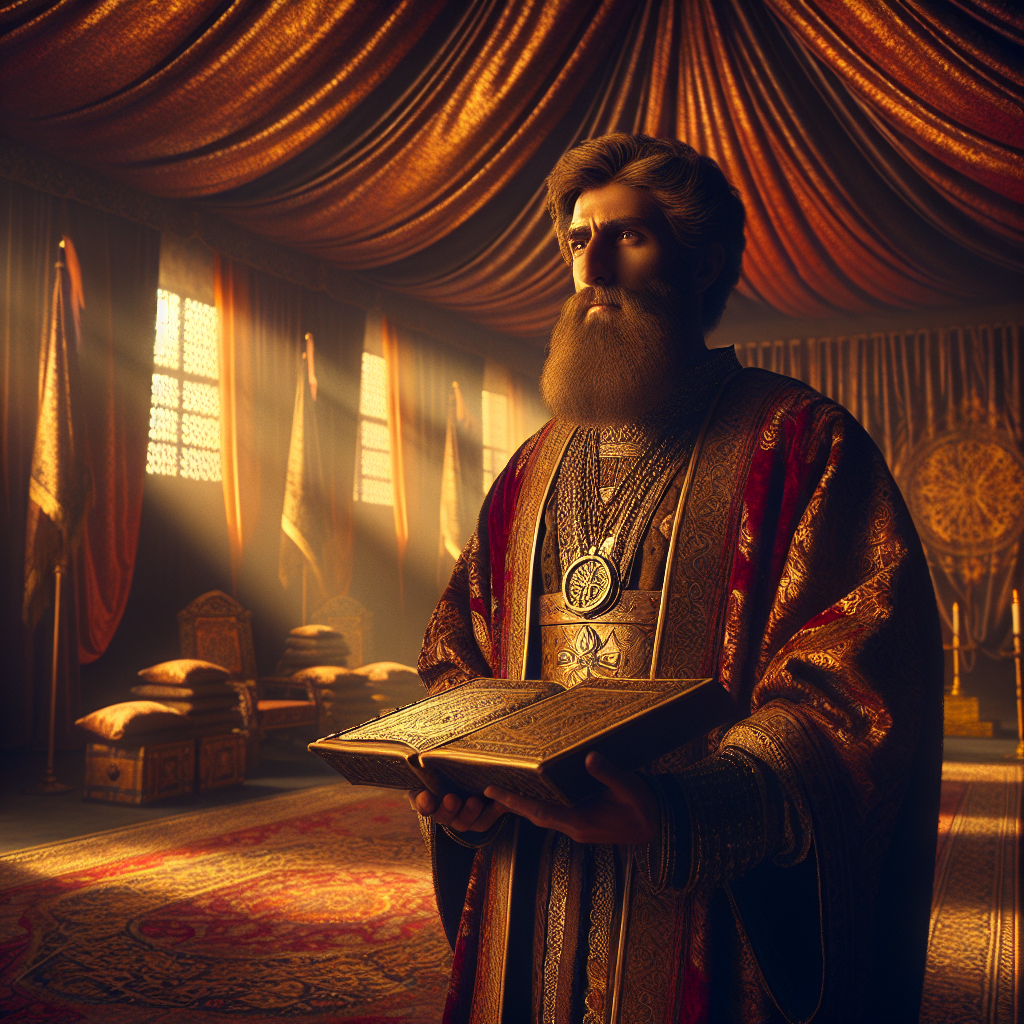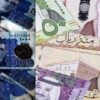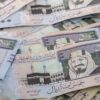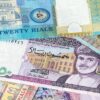Sultan Mehmed II, also known as Mehmed the Conqueror, stands as a towering figure in the annals of history. His leadership transformed the Ottoman Empire, guiding it from a regional power into a formidable empire that spanned continents. But what were the traits that made him such an outstanding leader? This blog post explores the character of Sultan Mehmed II and uncovers the qualities that propelled him to greatness. Students will gain insights into his ambition, strategic thinking, resilience, charisma, and more.
An Overview of Sultan Mehmed II’s Significance
Sultan Mehmed II played a pivotal role in the history of the Ottoman Empire. Ascending to the throne at a young age, he was driven by a vision of expansion and conquest that would reshape the medieval world. Under his rule, the empire not only grew in size but also in cultural and political influence. His most notable achievement, the conquest of Constantinople in 1453, marked a turning point in history, signaling the end of the Byzantine Empire and ushering in a new era for the Ottomans.

Mehmed’s character played a crucial role in defining his leadership style. It was his remarkable traits, such as ambition, resilience, and strategic acumen, that enabled him to achieve feats that many thought impossible. By examining these qualities, we can better understand how he was able to bind an empire together and leave a lasting legacy that would influence generations to come.
Ambition and Vision
Ambition and vision were at the very core of Mehmed II’s leadership. From a young age, he was consumed by the goal of transforming the Ottoman Empire into a dominant power. This drive pushed him to dream big and work tirelessly to realize his grand plans. His ambition was not just confined to military conquest; he envisioned an empire that was culturally rich and politically strong.
Mehmed’s desire for conquest shaped his policies and strategies. He meticulously planned and executed campaigns that expanded the empire’s territories far beyond its initial borders. His most ambitious undertaking, the siege and capture of Constantinople, showcased his determination to realize his vision. This historic victory demonstrated his ability to translate ambition into achievement, laying the foundation for future expansions.
Sultan Mehmed II’s Character and Leadership: How One Man Shaped an Empire
Examples of his grand plans extend beyond Constantinople. Mehmed aimed to extend Ottoman influence into Italy and other parts of Europe, illustrating his far-reaching ambitions. Although not all plans came to fruition, his vision for a vast and powerful empire remained a driving force throughout his reign, influencing every decision and action he took.
Strategic Thinker
Mehmed II was a master strategist, capable of maneuvering through both military and political landscapes with remarkable acumen. His ability to think strategically set him apart as a leader who could foresee challenges and opportunities, adapting his plans accordingly. This strategic mindset was evident in the innovative warfare techniques he employed and the calculated political decisions he made.
Key decisions throughout his reign reflect his strategic brilliance. During the siege of Constantinople, Mehmed utilized cutting-edge technology, including massive cannons, to breach the city’s formidable defenses. This innovative approach to warfare demonstrated not only his foresight but also his willingness to experiment with new methods to achieve his goals.
Foresight was a hallmark of Mehmed’s governance. He understood the importance of consolidating power and securing alliances, ensuring the stability and longevity of his empire. By nurturing key relationships and carefully selecting his battles, Mehmed effectively strengthened the empire’s position in a rapidly changing world, showcasing his strategic prowess.
Resilience and Determination
Resilience and determination were defining traits of Mehmed II’s character. Throughout his reign, he faced numerous challenges and setbacks, yet his unwavering resolve allowed him to persevere and succeed. This tenacity inspired loyalty and confidence among his followers, making him a revered leader who could rally his people in times of adversity.
The siege of Constantinople serves as a testament to Mehmed’s resilience. Despite facing formidable obstacles, including the city’s strong defenses and the risk of failure, he remained steadfast in his pursuit. His determination fueled his troops, motivating them to push forward until victory was achieved. This triumph showcased the power of persistence and the impact of a resolute leader.
Mehmed’s personal qualities extended beyond military endeavors. His ability to bounce back from defeats and learn from mistakes enabled him to grow as a leader. By maintaining a positive outlook and focusing on long-term objectives, he instilled confidence in his followers, fostering a sense of unity and purpose that strengthened the empire.
Charismatic Leadership
Charisma was a powerful tool in Mehmed II’s leadership arsenal. His magnetic personality and ability to connect with his subjects and military leaders allowed him to build strong relationships and rally support. This charisma was instrumental in maintaining loyalty and managing power dynamics within the empire, enabling him to lead effectively.
Mehmed’s charisma extended to his ability to inspire and motivate his troops. He had a unique talent for instilling a sense of purpose and passion in those around him, encouraging them to strive for greatness. This ability to galvanize support was crucial during military campaigns, where morale and unity were key to success.
Charisma also played a significant role in Mehmed’s governance. By fostering open communication and building trust, he was able to manage complex relationships and maintain stability within the empire. His approachable demeanor and genuine concern for his subjects endeared him to many, solidifying his reputation as a beloved leader.
Diplomatic Acumen
Mehmed II’s diplomatic skills were a vital component of his leadership. He understood the importance of balancing military force with diplomatic engagement, using both to strengthen the empire’s position on the global stage. His approach to international relations was marked by intelligence and pragmatism, allowing him to forge alliances and secure favorable treaties.
Successful treaties and alliances during Mehmed’s reign reflect his diplomatic acumen. By negotiating with neighboring powers and managing potential threats, he ensured the empire’s security and growth. These strategic partnerships not only bolstered the empire’s influence but also provided opportunities for cultural exchange and collaboration.
Mehmed’s diplomacy extended to managing internal affairs. He skillfully navigated the complex web of relationships within the empire, balancing the interests of diverse groups and maintaining harmony. This diplomatic approach was instrumental in fostering unity and cohesion, enabling the empire to thrive under his leadership.
Cultural Appreciation
Mehmed II was a patron of the arts, architecture, and education, recognizing the importance of culture in shaping the identity of the Ottoman Empire. His appreciation for culture contributed to the empire’s legacy, promoting stability and unity among its diverse population. Through his cultural policies, Mehmed sought to create a vibrant and inclusive society.
Under Mehmed’s patronage, the arts flourished. He encouraged the development of literature, music, and visual arts, fostering a rich cultural environment that attracted talent from across the empire. This emphasis on cultural expression not only enriched the lives of his subjects but also strengthened the empire’s identity and prestige.
Architecture and education were also priorities for Mehmed. He commissioned the construction of iconic buildings, such as the Fatih Mosque, which became symbols of imperial power and cultural achievement. Additionally, his support for educational institutions helped cultivate a learned and informed populace, laying the groundwork for future advancements.
Religious Tolerance and Governance
Mehmed II’s policies toward religious diversity and tolerance were groundbreaking for his time. He understood the importance of governing a multi-ethnic and multi-religious empire, implementing policies that promoted inclusivity and social cohesion. His approach to governance fostered loyalty among different communities, ensuring the stability of the empire.
Mehmed’s religious policies were characterized by fairness and respect. He allowed various religious groups to practice their faiths freely, recognizing their traditions and customs. This tolerance helped build trust and understanding among diverse communities, reducing tensions and fostering unity.
By accommodating religious diversity, Mehmed strengthened the empire’s social fabric. His inclusive approach to governance created a sense of belonging among his subjects, encouraging cooperation and collaboration. This unity was essential for the empire’s prosperity, allowing it to thrive in a complex and dynamic world.
Innovative Military Leadership
Mehmed II’s military innovations were instrumental in achieving key victories and expanding the empire’s territories. His strategic tactics and modernization efforts transformed the Ottoman military into a formidable force, enabling the empire to assert its dominance on the global stage. His leadership in this area exemplified his forward-thinking approach.
Under Mehmed’s command, the Ottoman military underwent significant modernization. He recognized the importance of adapting to new technologies and techniques, incorporating innovations like artillery and naval advancements into his arsenal. This willingness to evolve and innovate gave the empire a competitive edge in warfare.
Mehmed’s role in military leadership extended beyond technology. He developed strategic tactics that leveraged the strengths of his forces, employing surprise attacks and psychological warfare to outmaneuver opponents. His ability to analyze and adapt to changing circumstances was key to his success, cementing his reputation as a brilliant military leader.
Legacy of Leadership
The legacy of Mehmed II’s leadership is profound, leaving an indelible mark on the Ottoman Empire and future generations. His character set a standard for leadership, inspiring subsequent rulers to emulate his traits and approaches. By examining his legacy, we can gain insight into the qualities that define effective leadership.
Mehmed’s impact on the empire was enduring. His achievements in expansion, governance, and culture laid the foundation for future prosperity and growth. His leadership set a precedent for future rulers, influencing their approaches to power and governance.
Comparisons with subsequent leaders highlight the uniqueness of Mehmed’s character. While many sought to replicate his success, few possessed the same combination of ambition, charisma, and strategic acumen. His legacy serves as a testament to the power of strong leadership and the enduring influence of a visionary ruler.
Conclusion
Sultan Mehmed II’s character was defined by a remarkable blend of ambition, strategic thinking, resilience, and charisma. These traits enabled him to achieve extraordinary feats and transform the Ottoman Empire into a global power. His legacy continues to inspire and inform our understanding of leadership and its impact on history.
The significance of Mehmed II’s character lies in its ability to shape the course of history. By examining his qualities and achievements, students can gain valuable insights into the nature of leadership and its role in shaping societies. His story serves as a reminder of the potential for greatness that lies within each of us.
For those interested in exploring Mehmed II’s leadership further, numerous resources are available to provide additional context and insights. By studying his life and legacy, readers can deepen their understanding of the complexities and challenges of leadership and its enduring impact on the world.










